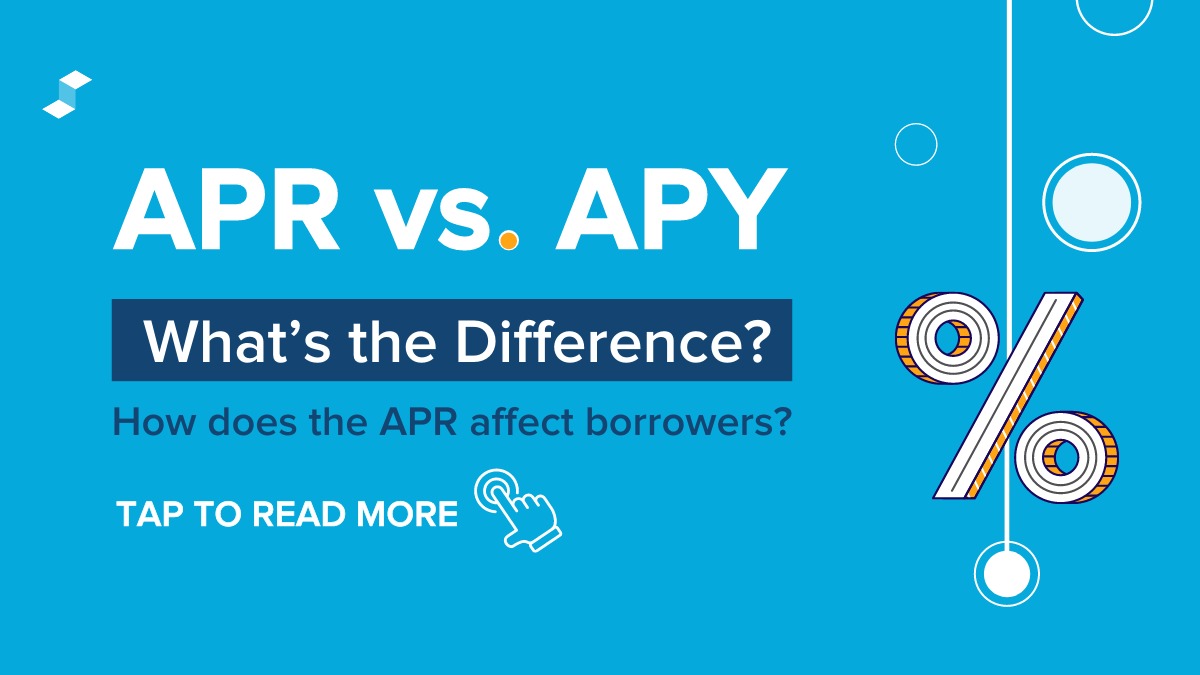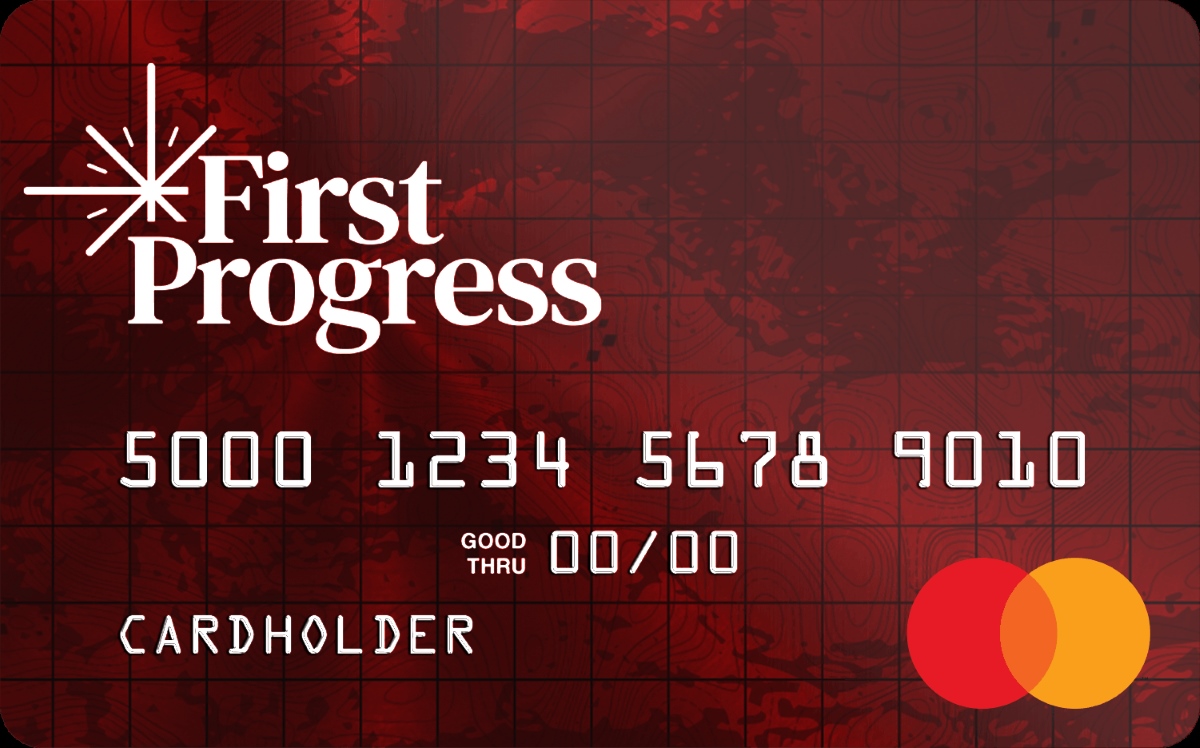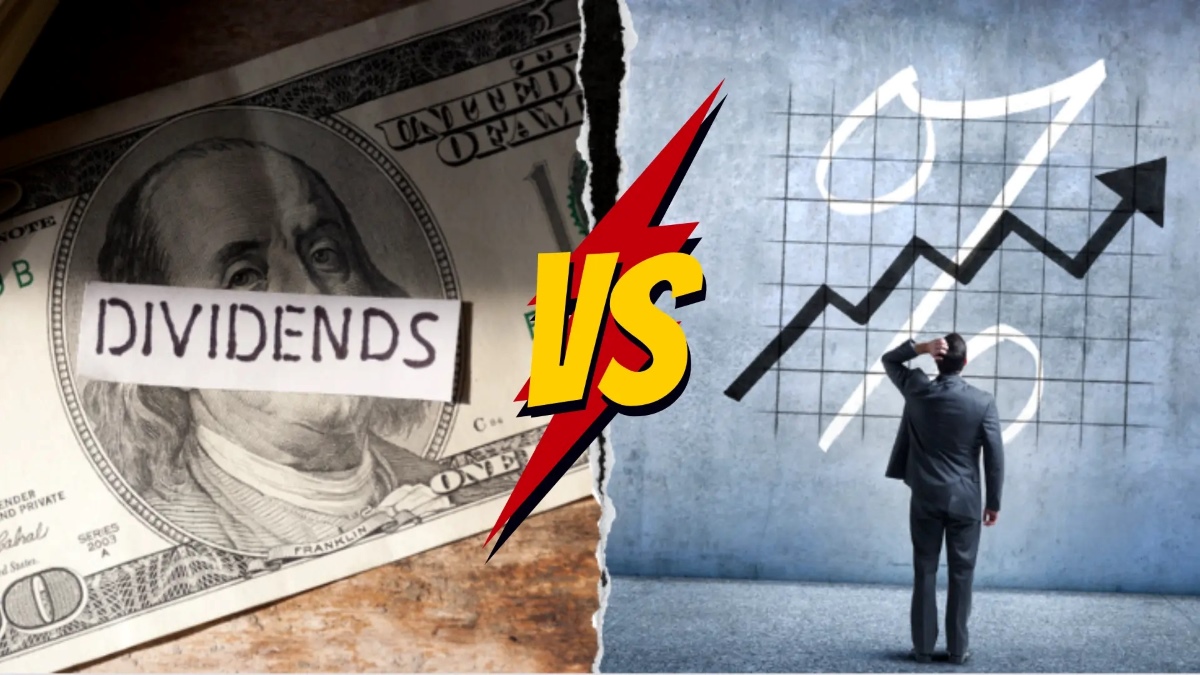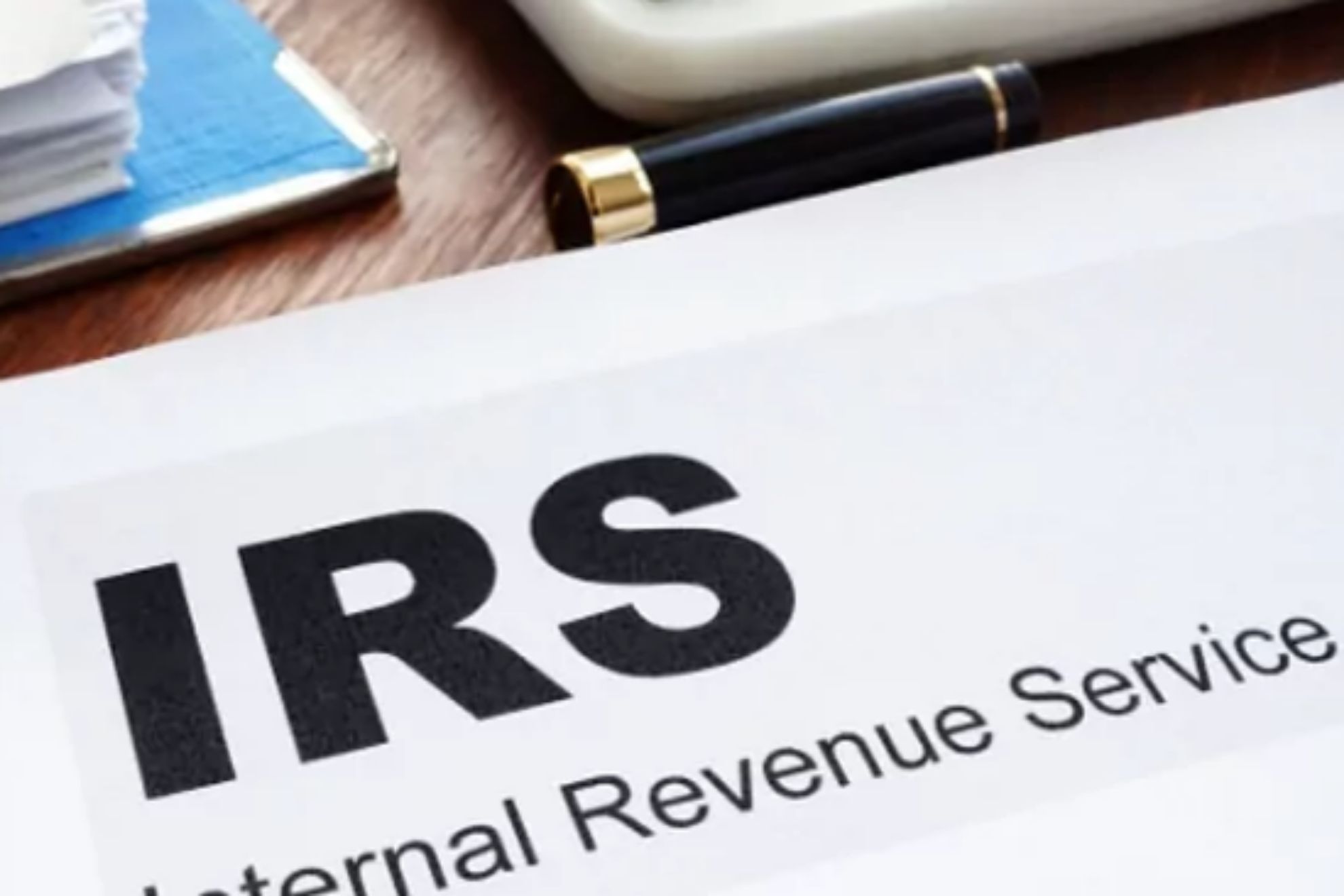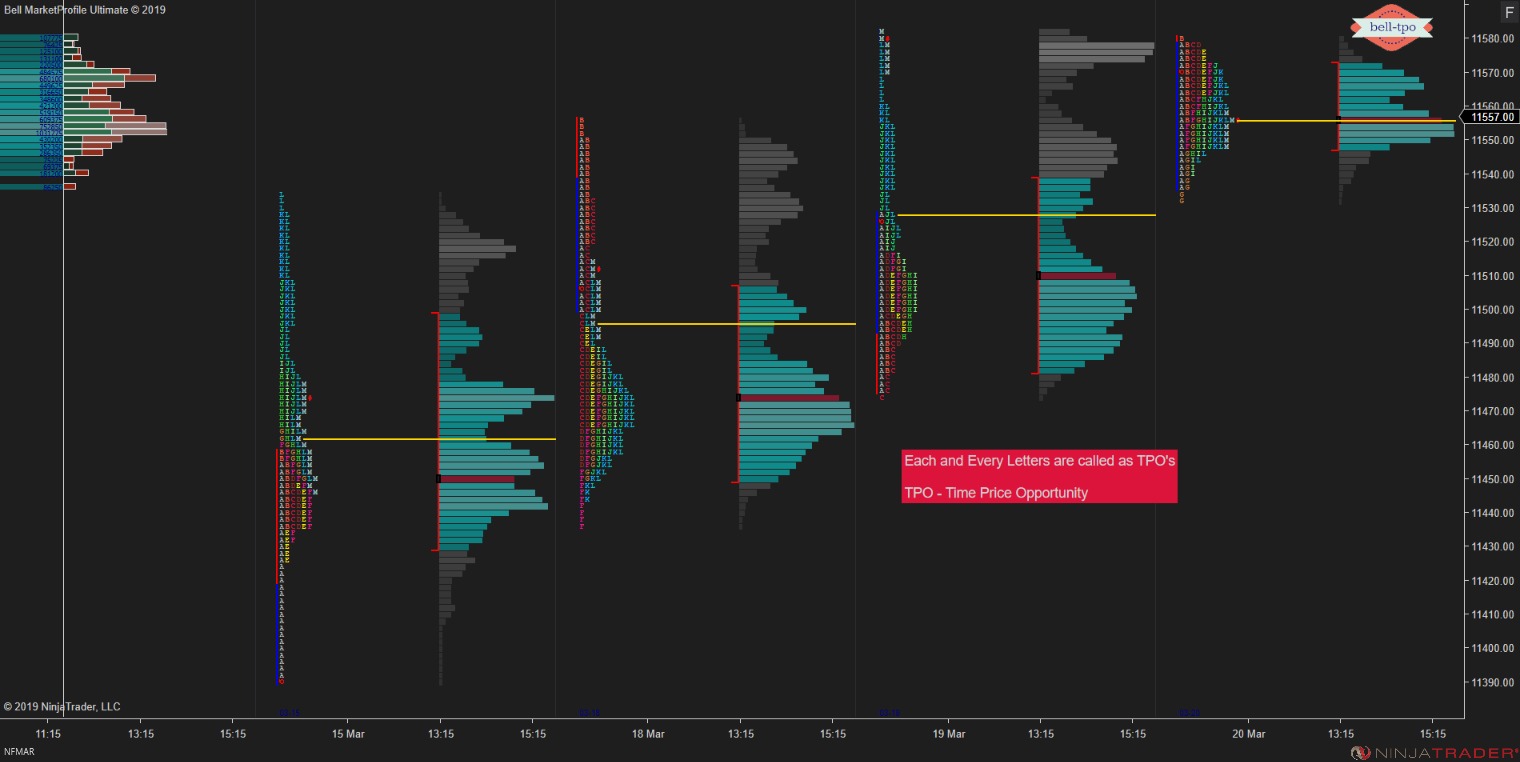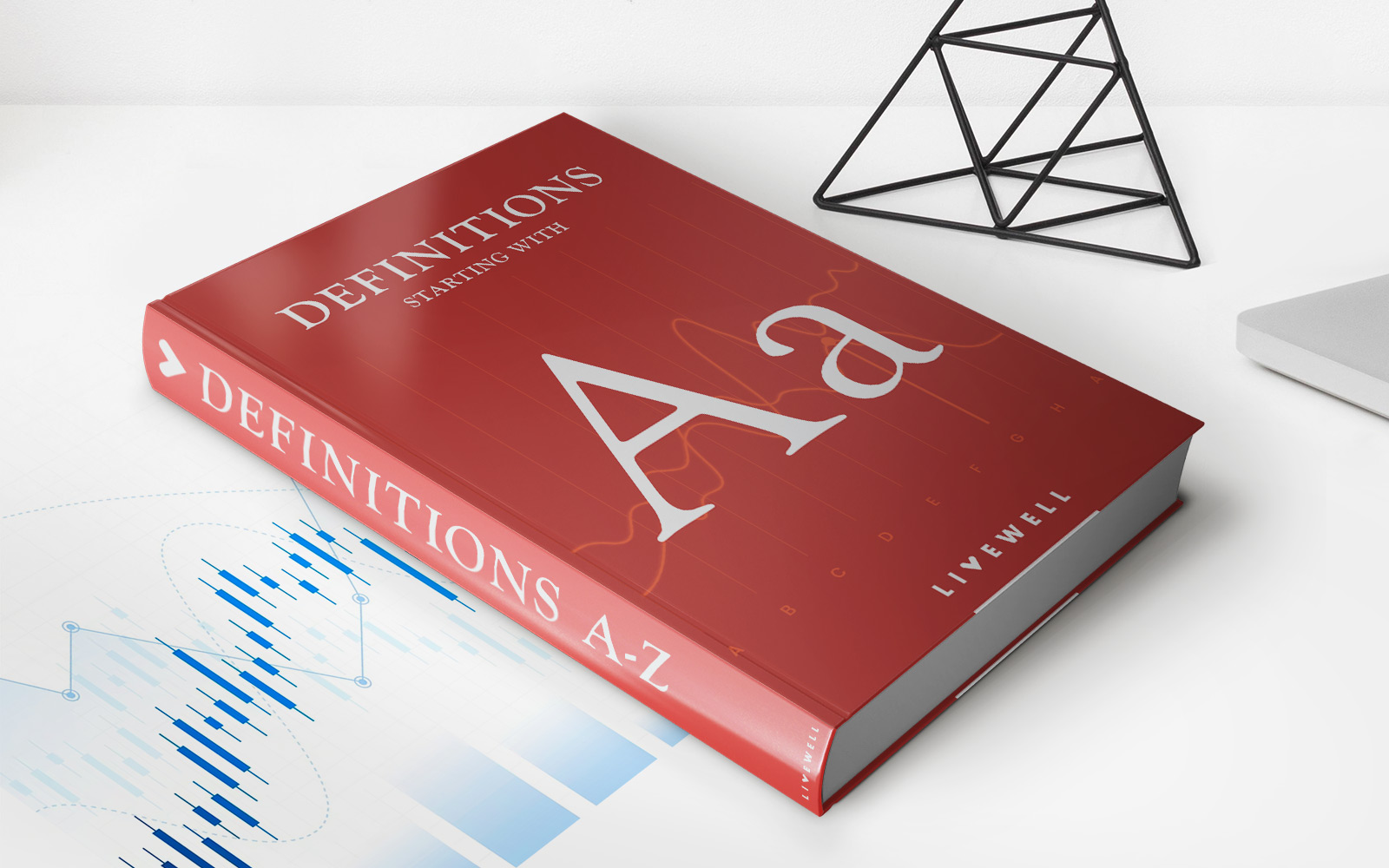Home>Finance>What Is The Difference Between Secured Card And Unsecured Card
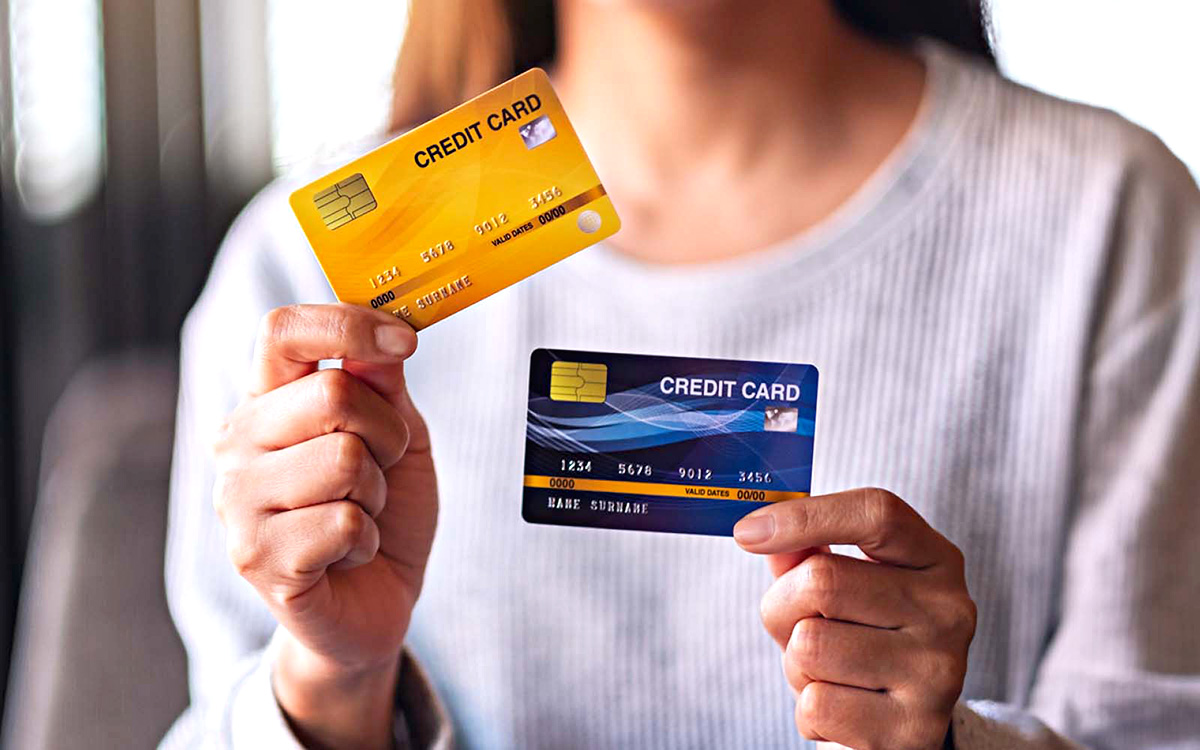

Finance
What Is The Difference Between Secured Card And Unsecured Card
Published: March 2, 2024
Learn the key distinctions between secured and unsecured credit cards in the world of finance. Understand the benefits and drawbacks of each to make an informed decision.
(Many of the links in this article redirect to a specific reviewed product. Your purchase of these products through affiliate links helps to generate commission for LiveWell, at no extra cost. Learn more)
Introduction
In the realm of personal finance, credit cards play a pivotal role in managing expenses, building credit history, and achieving financial goals. When exploring credit card options, individuals often encounter the terms "secured card" and "unsecured card." Understanding the difference between these two types of credit cards is crucial for making informed decisions that align with one's financial needs and circumstances.
Secured and unsecured cards represent distinct approaches to extending credit, each with its unique features, benefits, and considerations. By delving into their characteristics, prospective cardholders can gain valuable insights into which option best suits their financial objectives and credit standing.
Navigating the world of credit cards can be overwhelming, especially for those new to the concept or seeking to rebuild their credit. This article aims to demystify the disparity between secured and unsecured cards, shedding light on the fundamental disparities, advantages, and potential drawbacks associated with each type. Whether you're aiming to establish credit for the first time or aiming to bounce back from past financial setbacks, grasping the nuances of secured and unsecured cards can empower you to make informed choices that propel your financial journey forward.
Secured Card
A secured credit card is a financial tool designed to help individuals establish or rebuild their credit. Unlike unsecured cards, secured cards require the cardholder to provide a security deposit, which serves as collateral and determines the credit limit. This deposit mitigates the risk for the card issuer, making secured cards an accessible option for those with limited credit history or a less-than-ideal credit score.
When a consumer applies for a secured card, they are typically required to deposit a sum of money with the card issuer, often equivalent to the desired credit limit. This deposit acts as a safety net for the issuer, reducing the likelihood of default and enabling individuals with imperfect credit to access a line of credit. The deposit is held in a separate account and may accrue interest, depending on the card issuer’s policies.
Secured cards function much like traditional credit cards, allowing users to make purchases, build credit history, and demonstrate responsible borrowing behavior. By using a secured card prudently and making timely payments, cardholders can enhance their creditworthiness over time, potentially qualifying for unsecured cards with higher limits and more favorable terms.
It’s important to note that while secured cards offer a pathway to establish or repair credit, they may entail certain fees, such as an annual fee or processing charges. Additionally, the interest rates on secured cards might be higher than those of unsecured cards, reflecting the increased risk perceived by the card issuer.
Despite these considerations, secured cards provide a valuable opportunity for individuals to embark on their credit-building journey, fostering financial stability and expanding their access to essential financial services. As a stepping stone toward unsecured credit options, secured cards can be a catalyst for long-term financial empowerment and independence.
Unsecured Card
Unsecured credit cards are the conventional form of credit cards widely used by consumers for everyday transactions, online purchases, and building credit. Unlike secured cards, unsecured cards do not require a security deposit or collateral to establish a line of credit. Instead, the credit limit is determined based on the cardholder’s creditworthiness, income, and other pertinent financial factors.
Individuals with established credit history and a favorable credit score are typically eligible for unsecured cards, which offer the flexibility of accessing a predetermined line of credit without the need for upfront deposits. Unsecured cards come in various types, catering to diverse consumer needs, such as rewards cards, cashback cards, travel cards, and low-interest cards.
One of the primary benefits of unsecured cards is the absence of a required security deposit, providing cardholders with immediate access to credit without tying up funds in a separate account. Furthermore, responsible use of unsecured cards can bolster credit scores, paving the way for improved financial opportunities, favorable loan terms, and enhanced purchasing power.
Unsecured cards often feature a range of perks and incentives, including rewards programs, introductory 0% APR periods, and consumer protections such as purchase insurance and extended warranties. These benefits contribute to a more rewarding and secure shopping experience, amplifying the value of using unsecured cards for everyday expenses and larger purchases.
However, it’s important to exercise prudence when utilizing unsecured cards, as overspending or carrying high balances can lead to debt accumulation and potential credit score repercussions. Additionally, some unsecured cards may impose annual fees, higher interest rates, and penalties for late payments, necessitating a thorough understanding of the card’s terms and conditions.
Overall, unsecured credit cards offer a versatile and accessible means of managing finances, earning rewards, and fortifying credit profiles. By leveraging the benefits of unsecured cards responsibly, individuals can harness the full potential of these financial tools to navigate their financial endeavors with confidence and efficacy.
Key Differences
Understanding the disparities between secured and unsecured credit cards is essential for individuals seeking to make informed decisions about their financial well-being. The following key differences delineate the distinct attributes of these two types of credit cards:
- Collateral Requirement: The primary variance between secured and unsecured cards lies in the collateral requirement. Secured cards mandate a security deposit, which determines the credit limit and serves as a safeguard for the card issuer. In contrast, unsecured cards do not necessitate collateral, relying on the applicant’s creditworthiness to establish the credit limit.
- Access to Credit: Secured cards are accessible to individuals with limited credit history or those aiming to rebuild their credit. The security deposit mitigates the risk for the card issuer, making secured cards an attainable option for individuals with suboptimal credit scores. Unsecured cards, on the other hand, are typically available to individuals with established credit history and favorable credit scores.
- Interest Rates and Fees: Secured cards may entail higher interest rates and fees compared to unsecured cards, reflecting the elevated risk perceived by the card issuer. While unsecured cards may also feature fees and interest charges, the rates and terms are often contingent on the applicant’s credit profile and the specific card offering.
- Credit Building Potential: Both secured and unsecured cards offer opportunities for building credit, albeit through different mechanisms. Secured cards provide a structured path for establishing or rehabilitating credit, leveraging the security deposit and responsible usage to demonstrate creditworthiness. Unsecured cards, when used prudently, contribute to strengthening credit scores and expanding financial opportunities without the need for collateral.
- Flexibility and Rewards: Unsecured cards often offer a broader array of rewards programs, perks, and incentives compared to secured cards. These benefits enhance the overall cardholder experience and provide opportunities for earning rewards, cashback, and other valuable incentives based on spending habits and preferences.
By recognizing these fundamental differences, individuals can make informed choices aligned with their financial goals, credit standing, and long-term aspirations. Whether embarking on the journey of credit establishment or seeking to optimize credit utilization, understanding the nuances of secured and unsecured cards empowers individuals to navigate the financial landscape with confidence and clarity.
Pros and Cons
Both secured and unsecured credit cards offer distinct advantages and considerations that warrant careful evaluation when determining the most suitable option for individual financial needs. Understanding the pros and cons of each type of credit card is instrumental in making well-informed decisions. Here’s a breakdown of the benefits and potential drawbacks associated with secured and unsecured cards:
Secured Card
- Pros:
- Accessible Credit: Secured cards provide a viable avenue for individuals with limited credit history or poor credit scores to access a line of credit, leveraging the security deposit as collateral.
- Credit Building: By using a secured card responsibly and making timely payments, cardholders can establish or improve their credit profiles, laying the groundwork for future financial opportunities.
- Financial Discipline: The structured nature of secured cards encourages responsible financial habits, fostering discipline in spending and payment management.
- Cons:
- Upfront Deposit: The requirement for a security deposit can pose a financial barrier for some individuals, as the deposited funds are tied up and cannot be utilized for other purposes.
- Potential Fees: Secured cards may entail annual fees, processing charges, and higher interest rates, impacting the overall cost of credit utilization.
- Limited Rewards: Secured cards may offer fewer rewards and incentives compared to unsecured cards, limiting the potential for earning benefits based on spending.
Unsecured Card
- Pros:
- Flexibility: Unsecured cards provide immediate access to credit without the need for a security deposit, offering greater financial flexibility for everyday expenses and larger purchases.
- Rewards and Incentives: Many unsecured cards feature rewards programs, cashback offers, and travel perks, enhancing the value of using the card for various transactions.
- Credit Enhancement: Responsible use of unsecured cards can bolster credit scores, paving the way for improved financial opportunities and favorable loan terms.
- Cons:
- Credit Requirements: Unsecured cards are typically available to individuals with established credit history and favorable credit scores, limiting accessibility for those with less-than-ideal credit profiles.
- Potential Fees and Interest: Some unsecured cards may impose annual fees, higher interest rates, and penalties for late payments, necessitating a thorough understanding of the card’s terms and conditions.
- Overspending Risk: The absence of a security deposit may lead to overspending and accumulation of debt if not managed prudently, potentially impacting credit scores and financial well-being.
By weighing these pros and cons, individuals can make informed choices that align with their financial circumstances, goals, and preferences. Whether opting for a secured card to kickstart their credit journey or leveraging the flexibility of an unsecured card, a thoughtful assessment of the benefits and potential drawbacks empowers individuals to navigate the realm of credit cards with clarity and confidence.
Conclusion
As individuals traverse the landscape of personal finance and credit management, the choice between secured and unsecured credit cards holds significant implications for their financial trajectory. Both secured and unsecured cards offer distinct pathways to accessing credit, building credit history, and navigating the dynamics of borrowing and repayment. By comprehending the nuances and implications of each type of credit card, individuals can make informed decisions that harmonize with their unique financial circumstances and aspirations.
Secured cards serve as a valuable entry point for individuals seeking to establish or rehabilitate their credit, providing a structured mechanism for accessing credit through a security deposit. While secured cards may entail certain fees and limitations, they offer a stepping stone toward financial empowerment and creditworthiness. On the other hand, unsecured cards cater to individuals with established credit history, offering immediate access to credit without the need for collateral. Unsecured cards provide flexibility, rewards, and the potential for credit enhancement, albeit with considerations such as credit requirements and potential fees.
Ultimately, the choice between secured and unsecured credit cards hinges on individual financial goals, credit standing, and preferences. Whether embarking on the journey of credit establishment, seeking to fortify credit profiles, or navigating the terrain of financial flexibility and rewards, the informed selection of a secured or unsecured card can shape one’s financial well-being and trajectory.
By evaluating the benefits, considerations, and potential trade-offs associated with secured and unsecured cards, individuals can embark on their credit journey with clarity and confidence. Whether leveraging the structured nature of secured cards to lay the groundwork for creditworthiness or harnessing the flexibility and rewards of unsecured cards, the prudent utilization of credit cards can amplify financial opportunities and pave the way for sustained financial well-being.
In conclusion, the distinction between secured and unsecured credit cards underscores the multifaceted nature of credit management, offering diverse avenues for individuals to navigate their financial endeavors with resilience, foresight, and empowerment.


